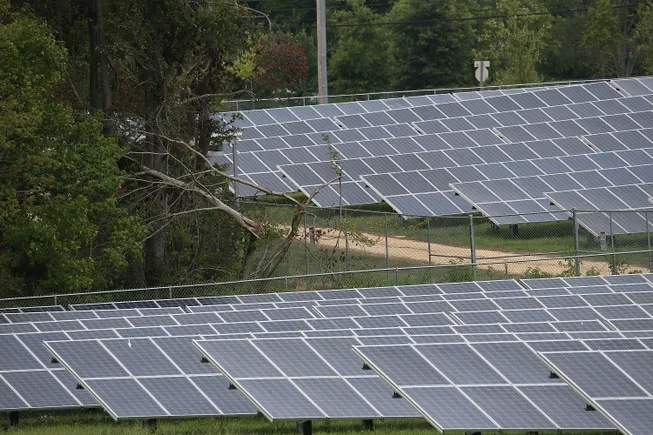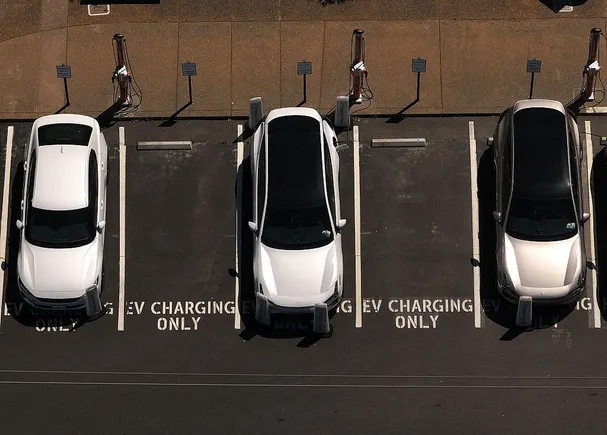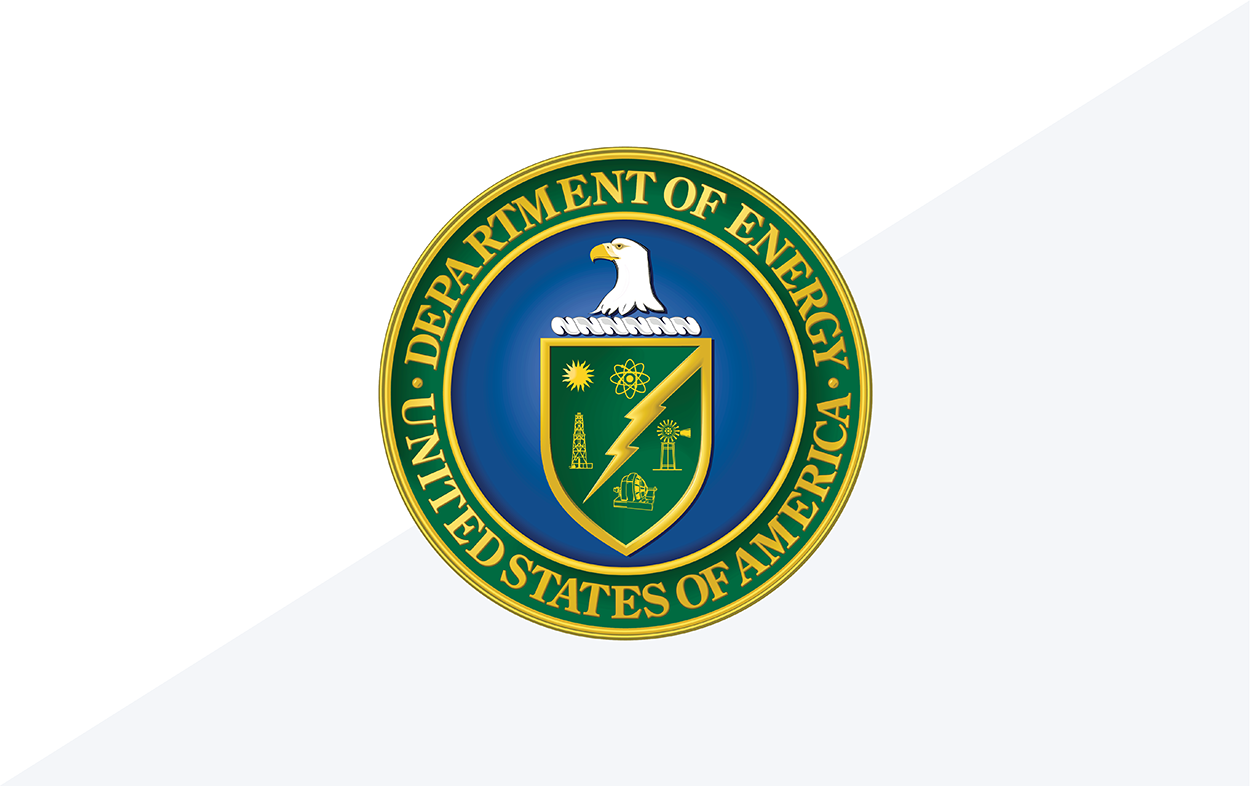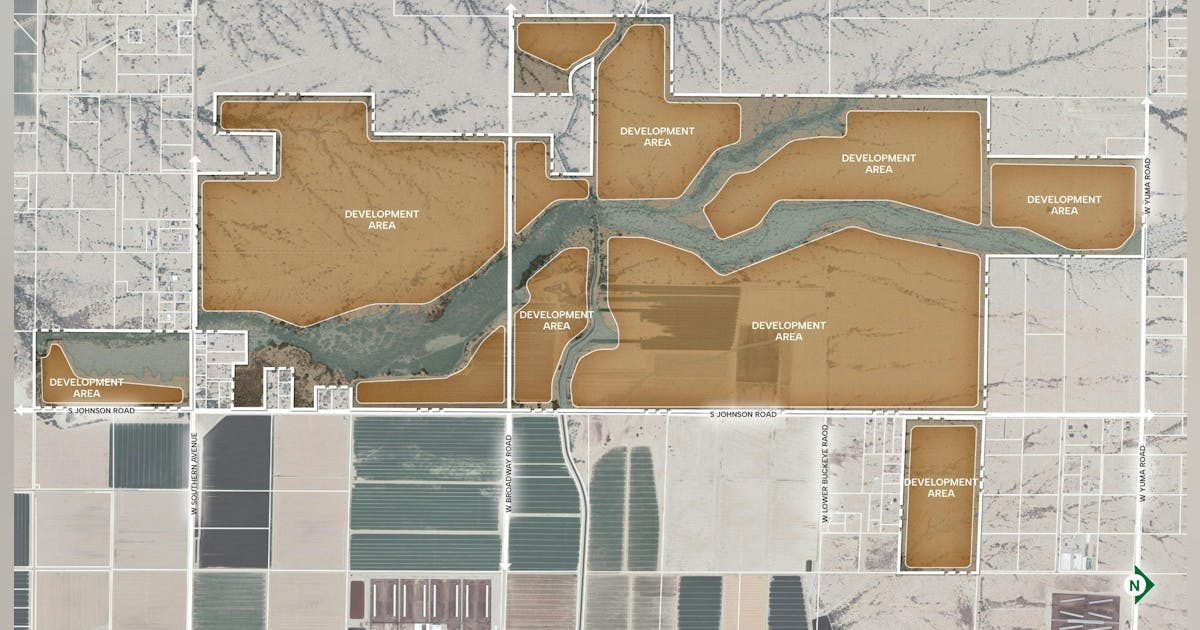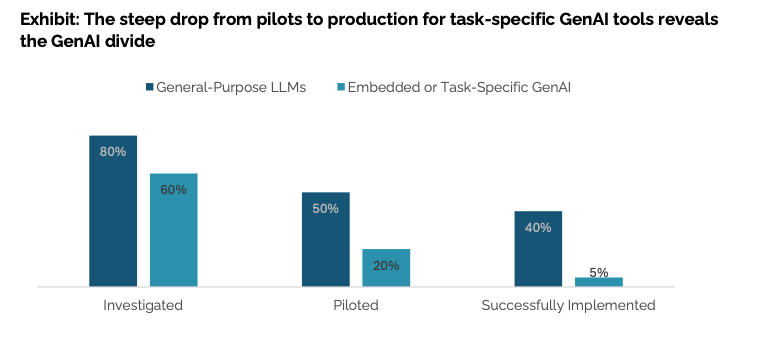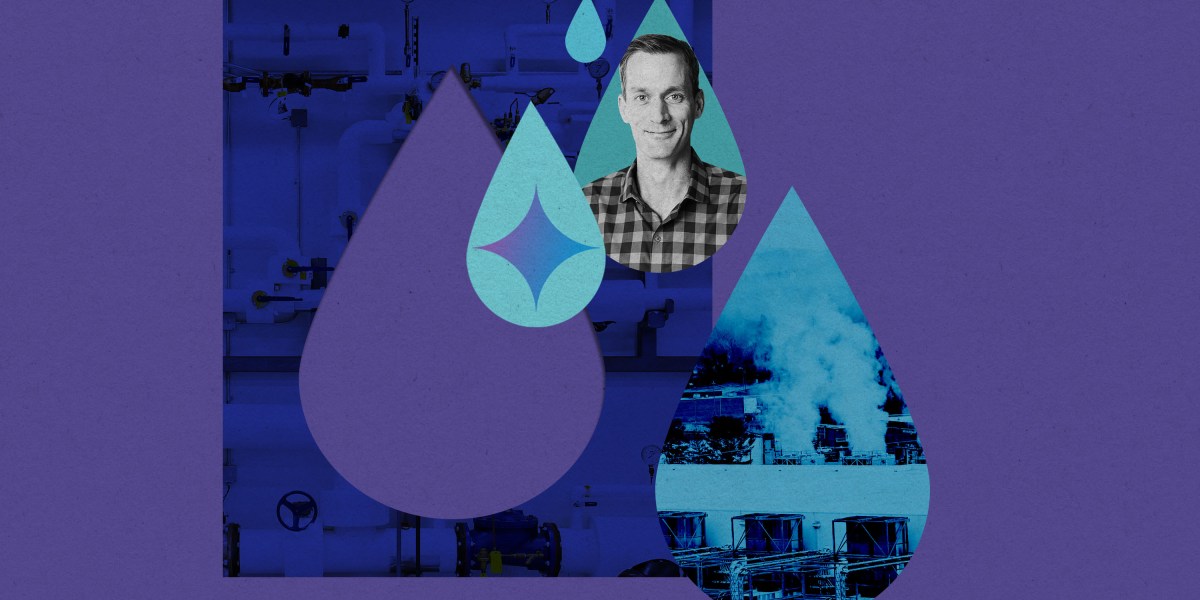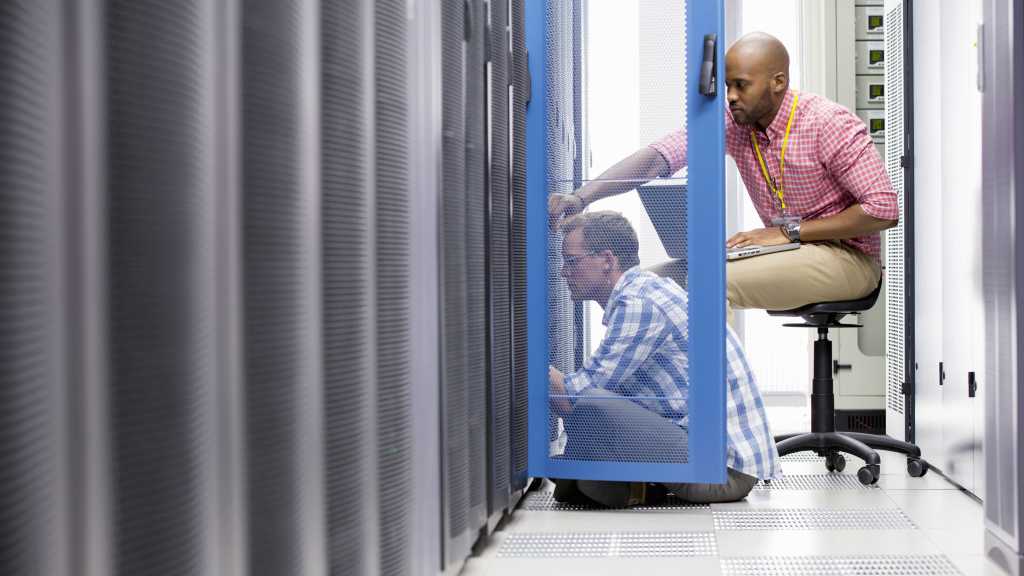
High-density fiber connections amplify contamination risks
The shift toward higher-density fiber connections has significantly complicated contamination control. Modern array connectors can house up to 24 individual fibers within a single connection point. In contrast, traditional duplex connections contained just two fibers.
“The slightest little bit of dust on one of those nine micron wide fibers, which, by the way, is much smaller than a human hair, the slightest little bit of dust on any one of the 24 in that connector, and it’s not going to work,” Mullins explained.
The inspection and cleaning requirements extend beyond traditional fiber testing. Each kit includes cleaning and inspection capabilities. Mullins noted that many technicians take shortcuts on fiber preparation.
“Cleaning and inspecting a fiber, every time you unplug it and plug it back in, adds, like another minute worth of work. But you know what? If you don’t do it, you’re gonna pay for it down the road,” he said.
Cable identification a persistent challenge
In addition to the new kits, Fluke Networks is also continuing to help solve other persistent networking issues.
Physical cable identification continues to plague data center operations despite advances in network management and monitoring. Fluke’s solutions address this through multiple approaches. These include tone and probe technology, remote identification systems, and active network port discovery.







